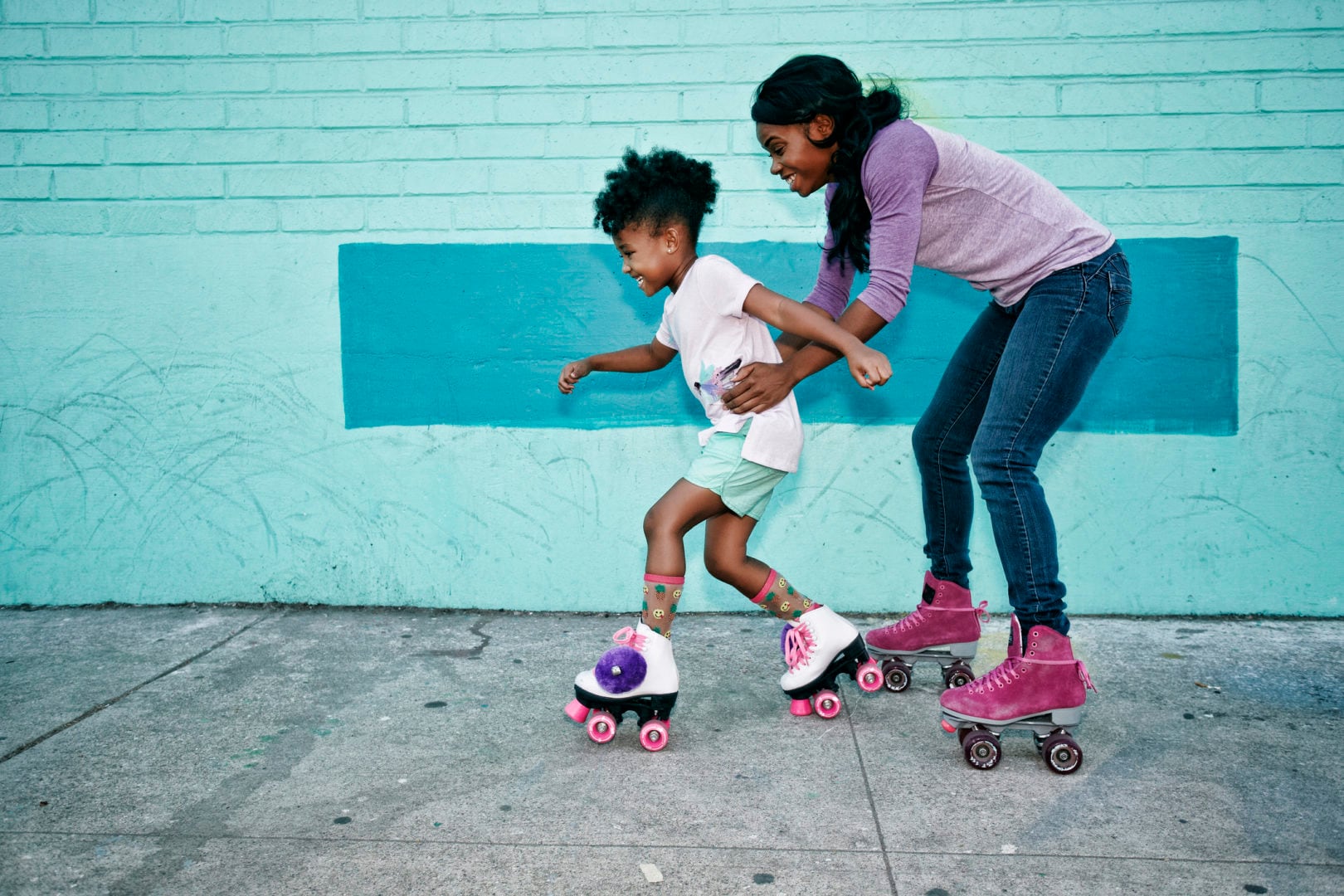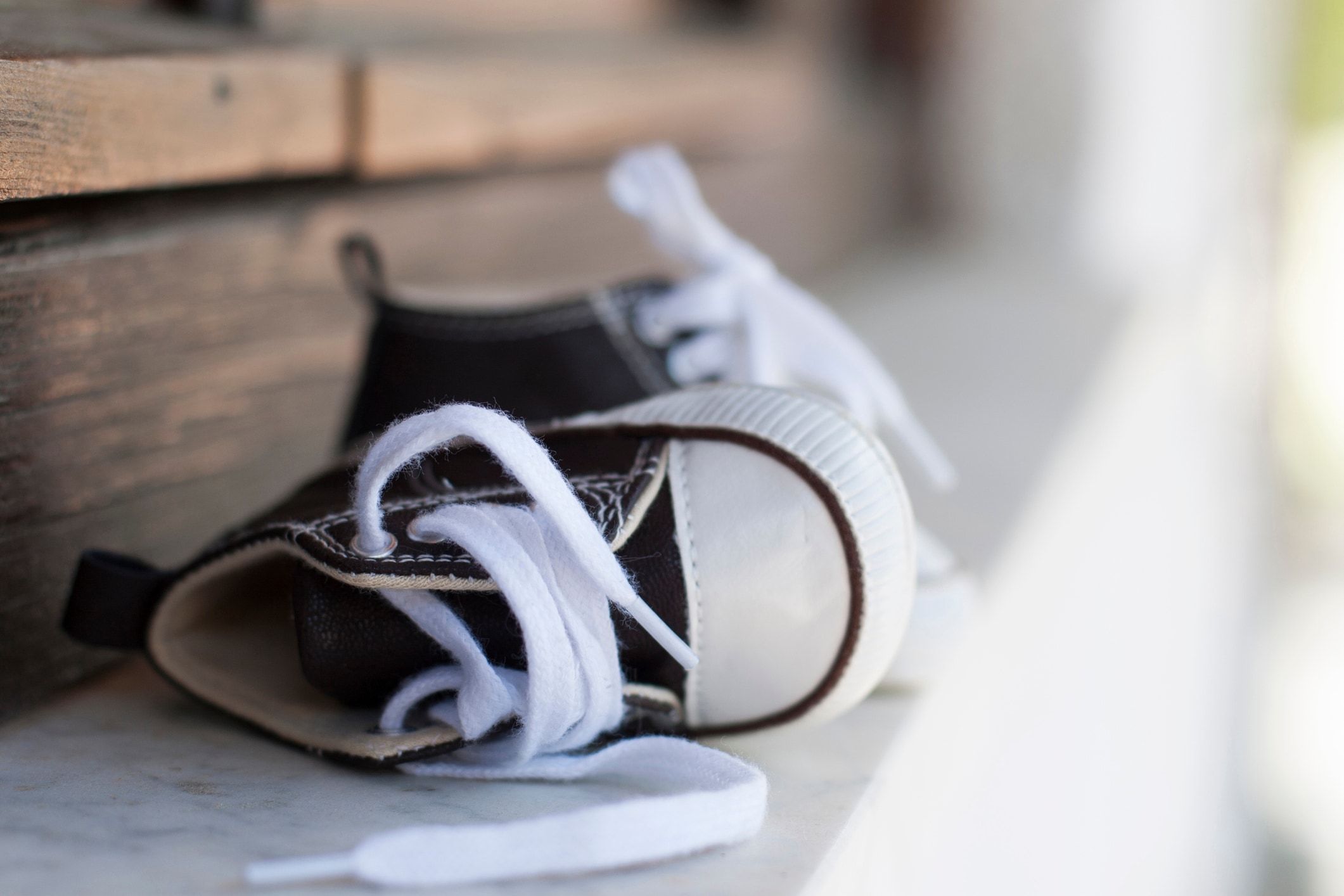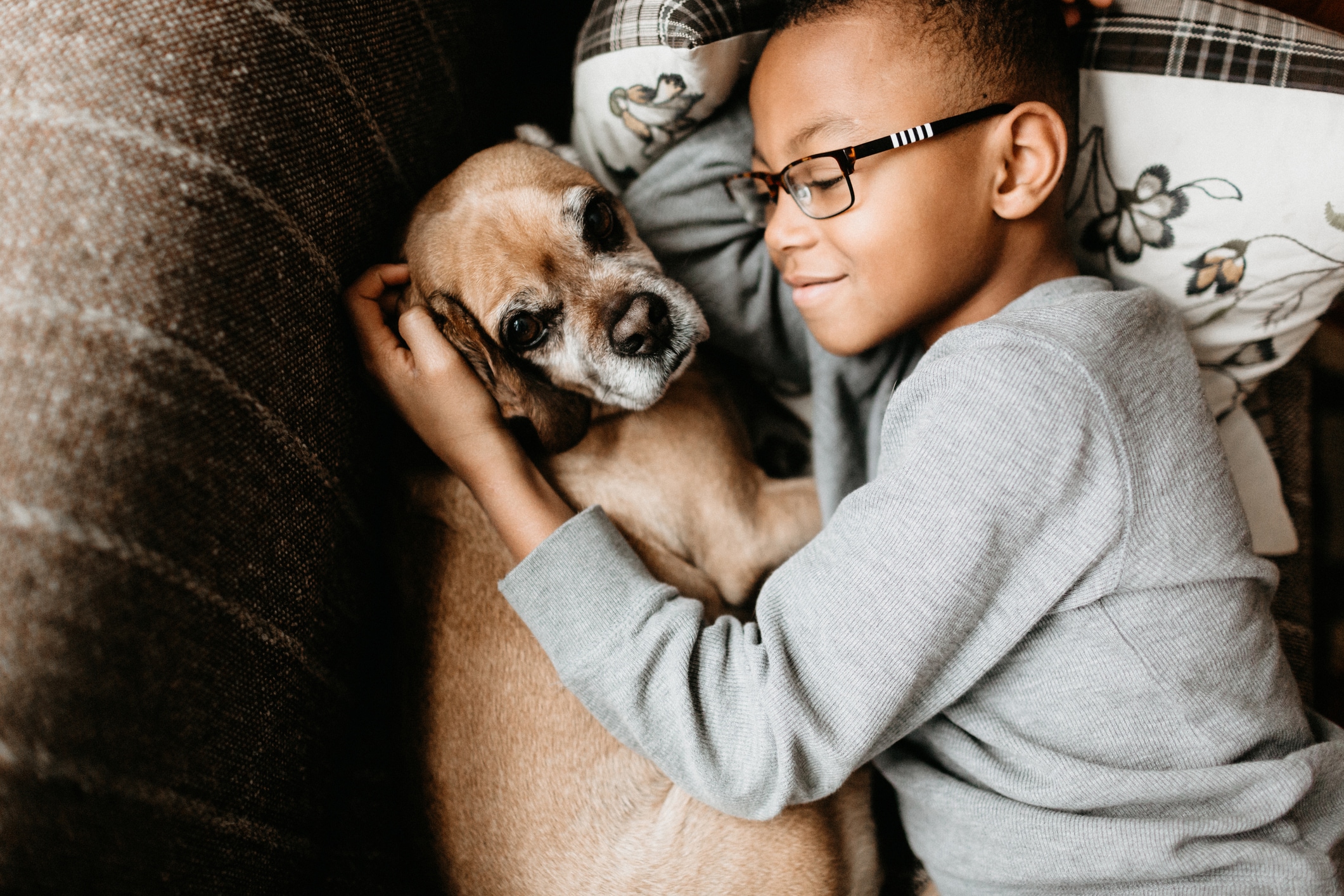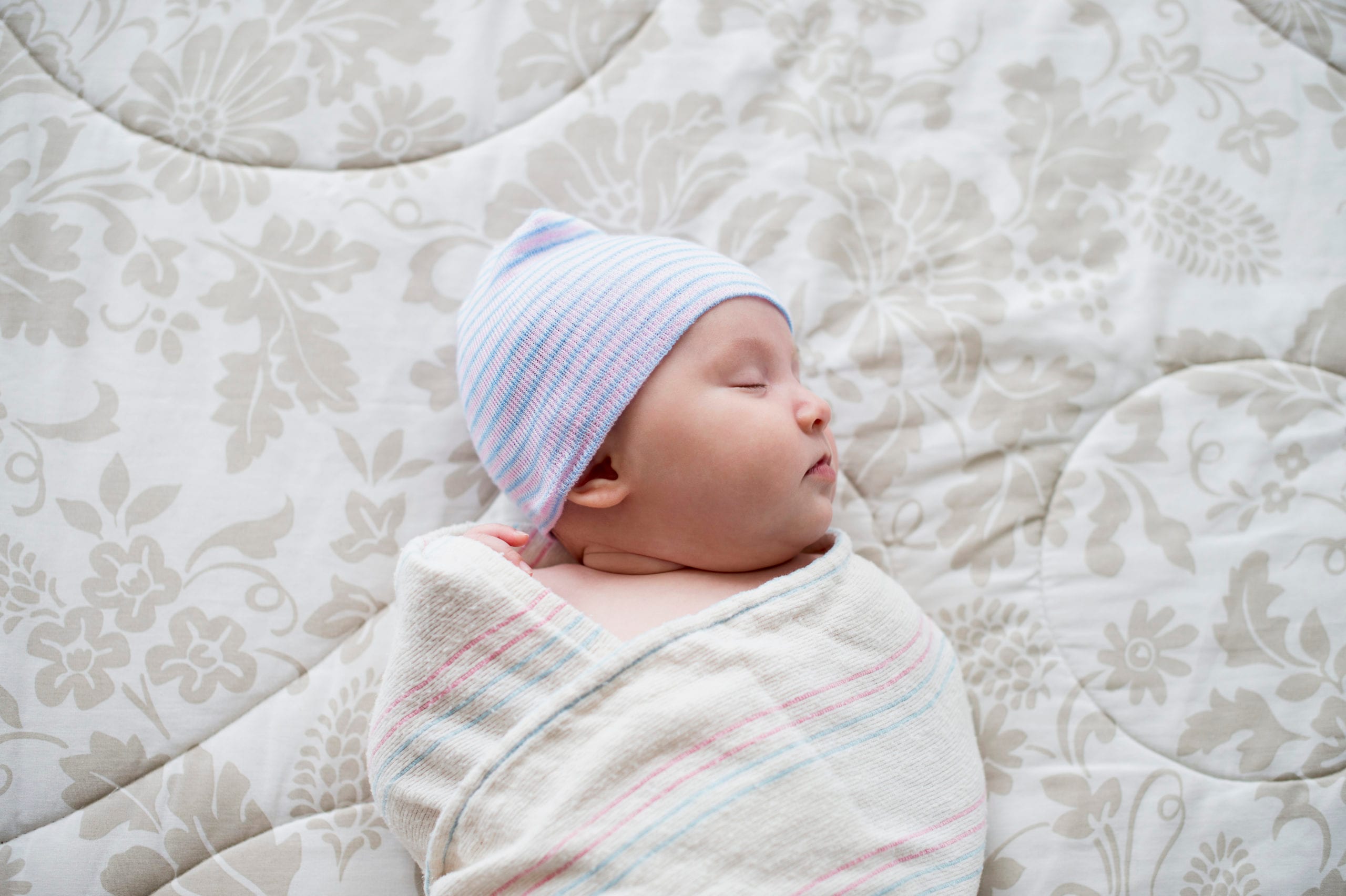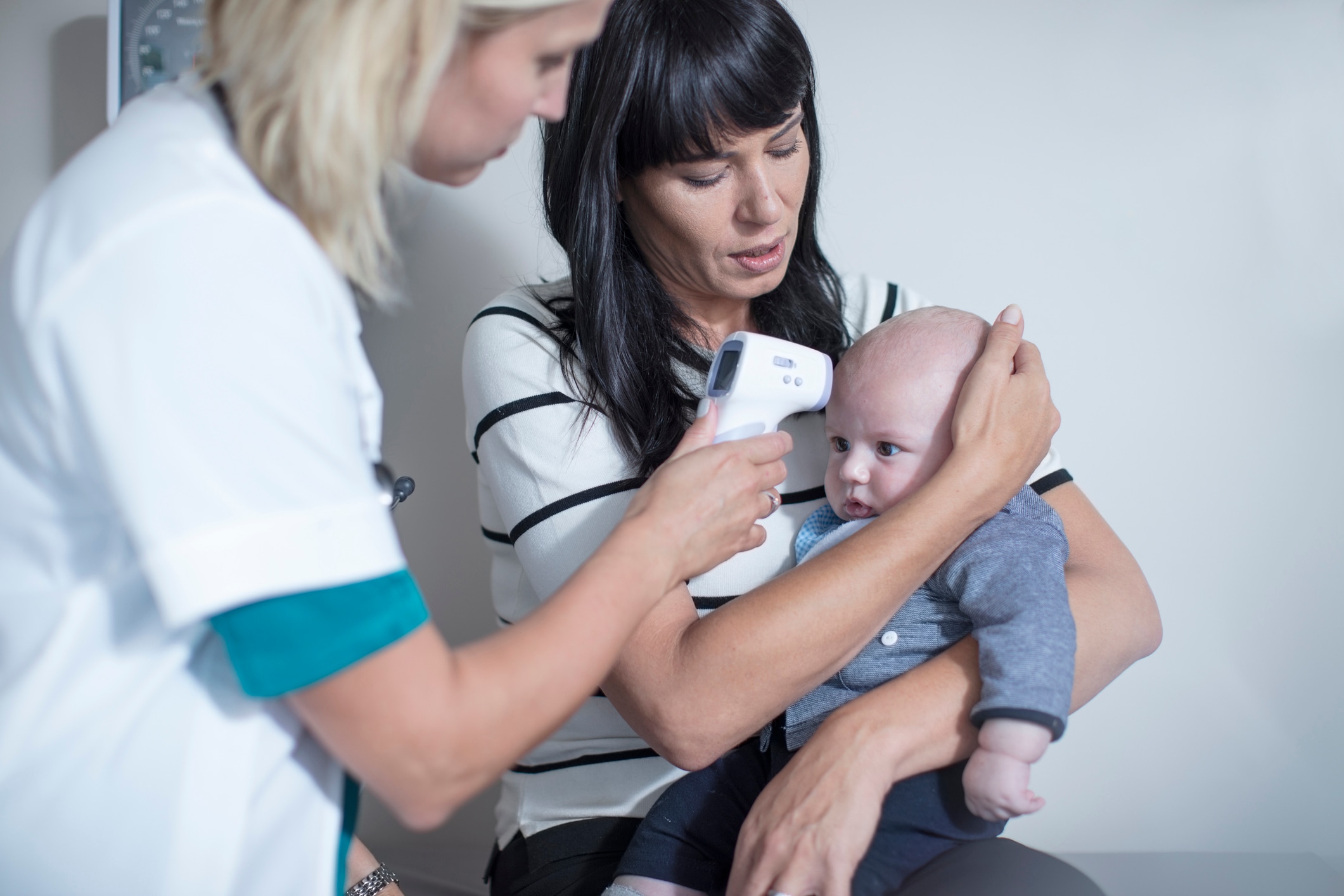In this article
We always hear that kids should get plenty of exercise, but unlike adults, kids aren’t trying to “get toned” or train for their next 5K. So, what are the actual benefits of exercise for kids?
“When I think about exercise, I actually go to the mental health benefits, first,” says Dr. Shelly Flais, mother of four, national AAP spokesperson, assistant professor of pediatrics at Northwestern University School of Medicine and author of several parenting books including “Raising Twins.”
Active playtime is great for kids’ brains and so much more. Here are some of the many ways physical activity benefits children and teens.
Key takeaways
- Kids age 3 to 5 need three hours or more of physical activity every day, while kids ages 6 to 17 should get about 60 minutes of physical activity each day. Babies should have physical movement each day through activities like play and tummy time.
- Vigorous activity can help reduce the risk for cardiovascular disease later on in life. Physical activity also helps build more of the kind of lean muscle mass that supports joints and improves kids’ metabolism.
- Physical activity, especially during the school day, helps children pay better attention and put more effort into their schoolwork. Plus, active kids sleep better.
How much exercise do kids need?
In 2020 the American Academy of Pediatrics released a report with specific recommendations for exercise. Based on that report, here’s how much exercise kids and teens should get:
- For infants: Physical movement several times a day through interactive floor-based play.
- For kids age 3 to 5: Three hours or more of physical activity every day.
- For kids 6 to 17 years old: 60 minutes of physical activity daily.
You’d be amazed at all the different ways getting enough physical activity can benefit kids at every age. Here are several you don’t want to miss.
How exercise helps kids’ physical development
Improves cardiovascular health
We’ve long known that exercise makes your heart and lungs stronger, and that definitely goes for children. Starting at a young age, vigorous activity can help reduce their risk for cardiovascular disease later on in life.
Helps develop beneficial body composition
Physical activity helps build more of the kind of lean muscle mass that supports joints and improves kids’ metabolism. This puts them at lower risk for diabetes. And while body fat in general isn’t necessarily harmful for young people, abdominal fat specifically has been linked with cardiovascular disease and other health issues. Combined with healthy food choices, getting a variety of exercise can help reduce harmful abdominal fat.
Increases bone health
Bone-loading exercises like jumping, dancing, running and tennis can help make kids’ bones denser, which makes them stronger. This is especially important for females, who tend to lose more bone mass than males later on in life.
Improves balance
The more kids move, and in a variety of ways, the better they get at preventing falls and injury. Young people who begin their adulthood with stronger limbs tend to have better balance even into middle age.
Prevents future pain
The postures associated with looking at screens all day can cause our bodies harm over time. This is something Tarik Kitson, co-founder and executive director of youth fitness program Active Plus, is trying to correct. “We want to be able to get to kids’ bodies at a younger age to correct those habits,” he says. His program includes movements like pulling exercises that can help correct posture “so they won’t hurt when they get older.” As a lot of us know all too well, it’s harder to address that pain in your 30s and 40s.
Boosts childrens’ immune systems
Wouldn’t we all love to reduce the number of colds and sore throats our kids come home with? Moderate to high levels of physical activity are linked to lower incidents of illness and infection in children. Exercise is a natural immune system booster.
Helps children develop physical literacy
What is that? It’s “the ability, confidence and desire to be physically active for life,” as the Aspen Institute puts it. Physical literacy sets kids up for a lifetime of enjoying great exercise habits — it even makes teens less likely to smoke. It’s an excellent foundation that will serve them for years to come.
How exercise helps cognitive development
It’s literally good for the brain
Exercise improves children and teens’ memory and processing speed (as it does for adults). For people of all ages, exercise helps your brain change and adapt in response to experiences (also known as brain plasticity). It helps kids improve their executive functioning (your ability to plan, control your behavior and use your memory), and that’s especially true for kids who have difficulty with that.
Helps kids get the most out of school
Physical activity, especially during the school day, helps children pay better attention and put more effort into their schoolwork. That’s right, recess helps your kids learn better. Kids who move more tend to get better grades in school.
Intense physical exercise is especially helpful for children and teens with ADHD symptoms. “I always tell my families in the office to think of exercise as another tool or another medication, if you will, that helps us keep focused,” says Flais.
Helps kids sleep better
Why is this important? Because sleep is critical to brain development and functioning. Exercise helps kids fall asleep faster, and we all want that! It’s unclear if it help kids sleep longer (the research is mixed), but it does seem to improve that sleep quality.
And it’s even more beneficial if that exercise happens outdoors — yes, even in the dead of winter. Flais tells her teenage patients, “You gotta have some outdoor movement every day just to kind of keep your circadian rhythm, or your internal clock, appropriate.” Outdoor exercise helps us reset the brain, she says.
How exercise helps kids’ mental health
Reduces depression, anxiety and substance use
Doctors aren’t sure that regular exercise can prevent depressive episodes, but it does seem to help children and teens with depression have less severe symptoms. It also helps reduce a number of other negative emotional states, like anxiety. Physical activity helps children deal with stress better, while sedentary kids are at higher risk for alcohol and drug use.
Resets moods
Flais recalls how, when her youngest was a toddler, she could reset a cranky mood with a walk outside, “even if it was just to examine bugs up on the driveway.” It was the movement with a change in environment that changed the rhythm of the day and set a new tone. This goes for teenagers as well. If you’re having a bad day, she says, movement can change that, even if it’s a five-minute dance party. “The silly stuff is the best stuff,” she says. “A good belly laugh counts as exercise.
Builds confidence
Under certain conditions, kids who don’t identify as athletic can build confidence when they learn new physical skills. Kitson has been running much of Active Plus virtually since the coronavirus pandemic. What he’s found is that kids who used to feel self-conscious or embarrassed to exercise in front of their peers now enjoy exercising in the privacy of their own homes. “So that’s confidence boosting for them to be able to work out and be able to do these things,” Kitson says.
How does exercise benefit kids with disabilities?
Children with chronic physical, developmental, behavioral or emotional conditions are less likely to get enough exercise compared with other kids. But it’s every bit as beneficial to them — maybe even more.
Children with autism spectrum disorder show less challenging behavior and are more engaged in schoolwork after they’ve exercised. Young survivors of cancer are at higher risk for cardiovascular disease, but an exercise program can decrease that risk. And even kids with congenital heart disease can benefit from the right kinds of well-supervised physical activities.
Kitson recalls an eighth-grader with cerebral palsy who participated in Active Plus. Before then, the boy had never been allowed to participate in sports. “But he’s a human, just like anyone else, and he needs to get his heart rate up.” Kitson gave him the opportunity to participate in everything to the best of his abilities.
Even though the student’s high school didn’t have a similar program, he never forgot how good exercise made him feel. After graduating, he reached out to Kitson for help finding new fitness programs that could help him stay active into adulthood.
How to encourage kids to exercise more
Some kids naturally gravitate toward sports; others need more encouragement. “You have to meet kids where they are,” says Kitson. And that can mean luring kids with something they already find fun. If you care for children, there’s a lot you can do to encourage them to move more.
At her practice, Flais talks about exercise as “joyful movement,” meaning any activity kids enjoy. It shouldn’t be a chore (although chores do count as exercise). “It’s all about finding what the kid enjoys because then you’re eager and looking forward to it.”
Some ideas for encouraging movement include:
- Inspire free play by taking them to playgrounds and parks. Being outdoors, especially in green spaces, is extra beneficial.
- Play catch and tag with them.
- Let them climb things (safely) and learn balance by walking on low beams and ledges.
- Organized sports at a young age aren’t necessary, but they’re helpful once kids get old enough to learn the skills.
- The more movement variety the better — gymnastics, swimming, track, etc.
- Model physical activity for your kids by staying active yourself.
- For older kids, fitness apps that gamify movement may be just the hook they need.
